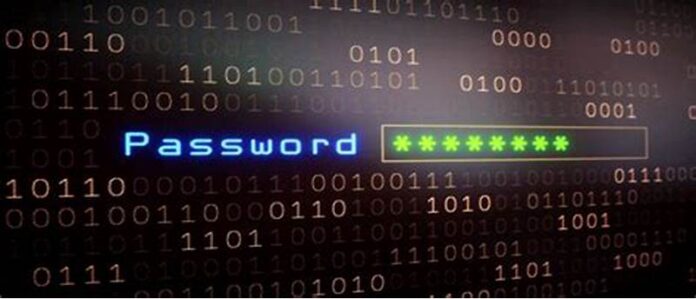In one of the recent cybersecurity attacks of the largest scale, experts have discovered an outrageous leak of more than 16 billion user logins. The exposed leak is not a solitary leak by a machine or company. Rather, it is a huge database of stolen information gathered out of more than 30 databases, most likely using infostealer malware and other dark hacking websites.
The stolen data contains usernames, passwords, cookies, session tokens, and browser fingerprinting, essentially constructing a digital blueprint of the online identity of victims. The said data was discovered in unsecured servers and object storage devices, which made them accessible briefly until access was restricted. In a lot of instances, it seems that these data have been scraped with infostealer malware on already infected devices, instead of being attacked directly on the major platforms.
Not a Centralized Hack, but the Impact Is Widespread
Among significant clarifications is that the technologies used to hack companies such as Facebook, Google, and Apple were not directly hacked. Rather, the credentials to these services were stolen by accessing the devices of users whose devices had been hacked. It implies that any individual who used these platforms using a device with malware installed on it might have had his/her information mined without noticing.
The format of the information stolen commonly contains the URL of the login page, the username, password, and even the active session data. Such a level of detail eliminates the need to actually log in using the actual credentials of the user in case the cookies and tokens remain valid. Investigators emphasized that this violation is especially risky because both newer and older records are sealed. A significant number of the victims might not even know that their systems were corrupted.
Additionally, certain of the datasets pointed to government portals, cloud services, developer platforms, and communication applications. Such extensive coverage can only mean that the leak provides access to an innumerable number of systems and services, both national and privately owned.
The Danger of Token-Based Logins and Session Hijacking
Perhaps most disturbing is the presence of session cookies and authentication tokens in the leaked data. These can allow hackers to bypass even multi-factor authentication in some cases. If a token is active and not revoked, it could be reused by an attacker to hijack an account without ever needing the original password.
Cybercriminals can weaponize this data for identity theft, phishing, financial fraud, and ransomware deployment. The sheer scale of the breach means that even a one percent success rate could lead to millions of compromised accounts. As the datasets are already circulating in criminal marketplaces, the fallout could persist for months or years to come.
How Users Can Respond to the Threat
Although the scale of the breach is intimidating, cybersecurity experts advise that users take proactive steps to protect themselves. Changing passwords immediately is essential, especially for accounts tied to email, banking, social media, and cloud services. Users should avoid reusing passwords across multiple accounts, as this practice increases vulnerability to credential stuffing attacks.
For further safety, users should log out of all sessions across their devices and reauthenticate where necessary. This resets cookies and tokens that may have been compromised. Security professionals also recommend running malware scans and reviewing installed browser extensions to check for any hidden infostealers that could still be active.
How to Check If Your Password Was Leaked
Although there is currently no public tool that contains the entire 16 billion-record breach, users can still check whether their data has been compromised through several reliable platforms. One of the most widely used is HaveIBeenPwned.com, which allows individuals to search for their email address or phone number across a large database of known data breaches.
Another option is the Cybernews Personal Data Leak Checker, a free tool that helps users determine whether their information has been exposed. However, it’s worth noting that this tool may not yet include the latest datasets from the June 2025 breach.
More advanced users and cybersecurity professionals often turn to services like DeHashed and Leak-Lookup. These platforms offer deeper access to breach data but typically require paid access and more technical know-how to navigate effectively.
The Bigger Picture in Cybersecurity
This event also signals a shift in how cybercriminals operate. Rather than relying solely on large-scale breaches of corporations, attackers are increasingly deploying malware to steal data silently from individual devices. These logs are then aggregated into massive databases and sold or shared online. This method offers hackers a wider attack surface and less risk of immediate detection. The decentralization of these leaks makes them even harder to control and investigate.
Researchers warn that with leaks of this magnitude, no one should assume they’re unaffected. Even if you’ve never seen suspicious activity, it’s still possible your credentials are now part of a dataset circulating on the dark web. The best course of action is to review all important accounts, update credentials, and remain vigilant for phishing or unauthorized login attempts.








